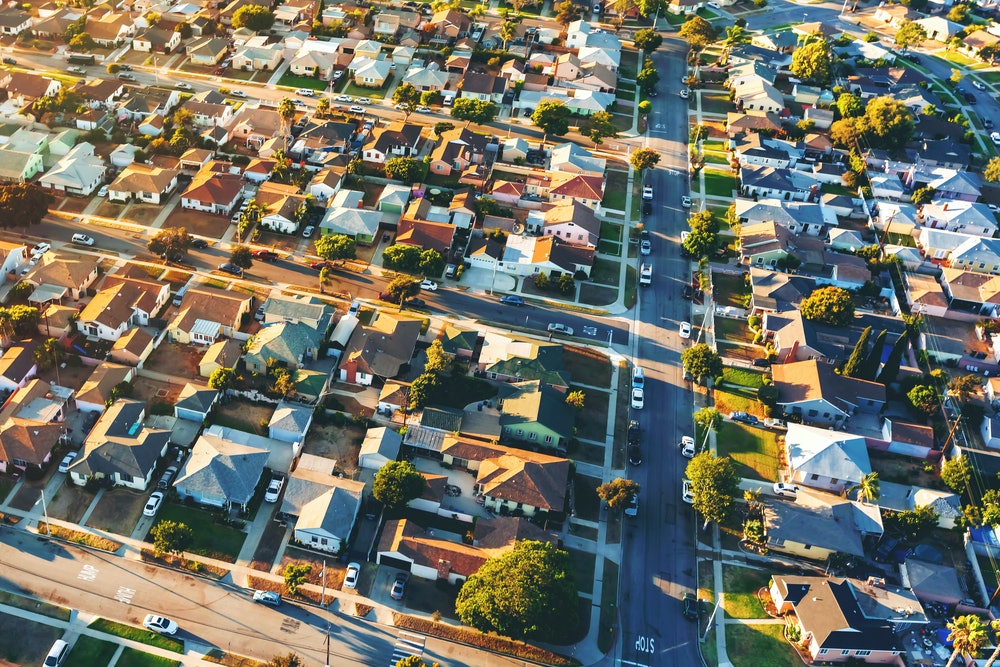We learned this morning that the U.S. economy grew at 2.2% in the first quarter of this year — a rate that indicates that a traditional...
We learned this morning that the U.S. economy grew at 2.2% in the first quarter of this year — a rate that indicates that a traditional recovery is still elusive four-and-a half years after the recession began. Many journalists and Wall Street cheerleaders tried to paint a smiley face on the news, noting that, hey, it’s our 11th positive quarter in a row and that, hey, we’re doing better than Europe. Little solace. We’re even down from 3% growth in the fourth quarter of 2011, which wasn’t all that great itself. Two point two is an ugly number. Economist Steven Blitz, quoted in the New York Times, had it right: “I don’t think the issue is whether or not the growth rate is sustainable. I think the question is whether the growth rate that’s sustainable is acceptable — politically and socially acceptable.” It is not. Growing at 2.2% is roughly what the Congressional Budget is projecting as far as the eye can see, and it is absolutely unacceptable — not just in a political and social sense, but in a moral one as well. Government’s role is to provide an environment that allows the private sector to thrive, thus offering the opportunity for prosperity and security that American families want and deserve. Since the recession of 2008-09, that is not happening. As Edward Lazear, former chairman of the Council of Economic Advisors and a member of the Bush Institute’s own advisory board, pointed out earlier this month in the Wall Street Journal:
According to the National Bureau of Economic Research, the recovery began in the second half of 2009. Since that time, the economy has grown at 2.4%, below our long-term trend by either measure. At this point, the economy is 12% smaller than it would have been had we stayed on trend growth since 2007. Worse, the gap is growing over time. Today, the economy is four percentage points further from the trend line than it was the first quarter of 2009 when this administration’s nearly $900 billion fiscal stimulus efforts began. If forecasts of around 2% growth turn out to be accurate, we will add to that gap this year.
Normally after a recession, the economy snaps back like a rubber band. The worse the recession, the more powerful the snap-back. For instance, after the recession of the early 1980s, the economy grew the next two years at an average of 6%. Think of a line rising from the bottom left to the top right of a chart. Occasionally, we have recessions, where the line drops below the historic trend, but then it bounces back and the trend resumes. Over the past three years the line has not merely stayed below trend, it is not even running parallel. It’s been trailing off to the right and headed down. Growth is the answer. And the way to get it is through policies that focus on growth like a laser: tax reform that encourages investment and work, immigration reform that attracts entrepreneurs from all over the world, energy policy that allows us to take advantage of our abundant resources, regulatory policy that doesn’t deter innovation and production. Think growth before you think anything else. The lack of a real recovery nearly three full years after the official end of the recession (the NBER says it started in December 2007 and ended in June 2009) is a failure of economic policy that is unprecedented in the past three-quarters of a century. The latest growth figures confirm that sad reality and underline the urgency to shift to growth — with a target of 4% real sustainable GDP increases annually — as the goal.

























